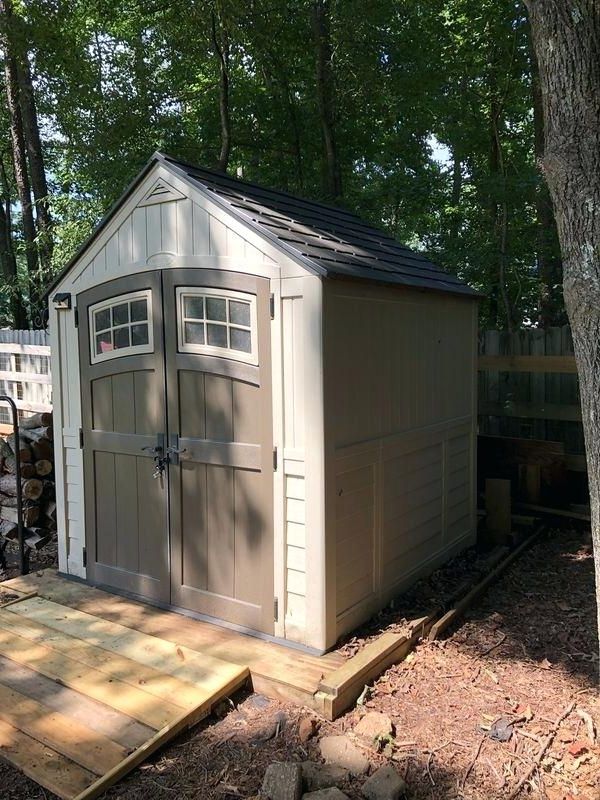8 x 4 Greenhouse Shed Creation Plans - Instructions For Making An Outbuilding in Your Patio
The shed may already rest on the foundation, or be a prefab being placed on a concrete or wooden foundation. This step by step DIY woodworking project is about free pole barn diagrams. Cut all the 2 x 6 floor joists to length and set them between two band braces and on top of the mudsills. Place a length of 2-inch-thick framing lumber that's the same width as the joists flat atop the sawhorses. Prepare the roof for shingles by snapping a chalk line near eaves to allow for a one-half inch shingle overlap. You should also contact your local building inspector to see if there are specific regulations in place governing pitch of your shed roof.
Make sure corners are square and align edges. Do same for this rest of trusses on this side. To connect posts with each other. To make the overhang bigger or smaller adjust length (useful source) of outriggers. Don't leave any gaps between the sheets, to prevent construction from water damage. You can draw a board and use Protractor key to rotate a line on the end to get your angle. Ensure all joins and edges are over blocking or joists. There are two quick methods to square your corners to ensure a perfect shed. Walls were framed up with 2x4x10 lumber at 24 inches on center.
After getting your pallets find you a good location in your yard, gather your, materials and get to it. This measurement is a little simpler if you are by yourself. Construction accidents occur in the thousands every year. The specs detail order of installation, what type of nails to use, how many nails to use, where to put nails and how to attach reinforcing plates or gussets. Instead, most truss manufacturers will send out a rep to measure completed foundation before fabricating the trusses. Adjust the distance between the slats according to what type of corrugated sheets you use. The only really hard decision you have left is what you're going to do with all that extra space in the cabin.
The foundation stones were leveled by adding or removing gravel from hole until all four foundations were level to one another. Attach a metal cutting blade to reciprocating saw. Normally this wouldn't be structurally necessary as exterior timber gives lateral stability. Test level across the 4-inch face of the board, too. The size of lumber used, such as two-by-fours or two-by-sixes, depends on the height of the ridge in an attic area. You would need two additional 2 x 4s for each wall at the top of stud frame and two for ground plate at bottom. Make sure the truss is pushed tight against the siding and run a 3 inch screw through the bottom plate into truss on both sides of stud.
There are limits on gross square footage of any building placed in your backyard. Nail the framed wall to subfloor and ceiling joists. The first step is to set a pair of treated 6x6s on gravel beds as a foundation for shed platform. Cuts for tying to ridge beam and birdsmouth for wall are individually done, and collar ties added. Used in combination, these new connectors create it astonishingly easy to make strong roofs without relying on pre-manufactured trusses. Just peel and place on floor. Leave extra at back and side edges to allow you to fold over frame. The top plate, however, needs to be set at an angle where it rests against sloping rafters, and top ends of the studs must be trim at an angle to match angle of top plate.
However, if you choose to build a freestanding shed and use this style of roof, you should plan the slope of your roof in such a manner as to slope down from front to the back of shed. It's less expensive than solid wood, it doesn't have knots or other defects to work around, and it comes preprimed and ready for paint.
